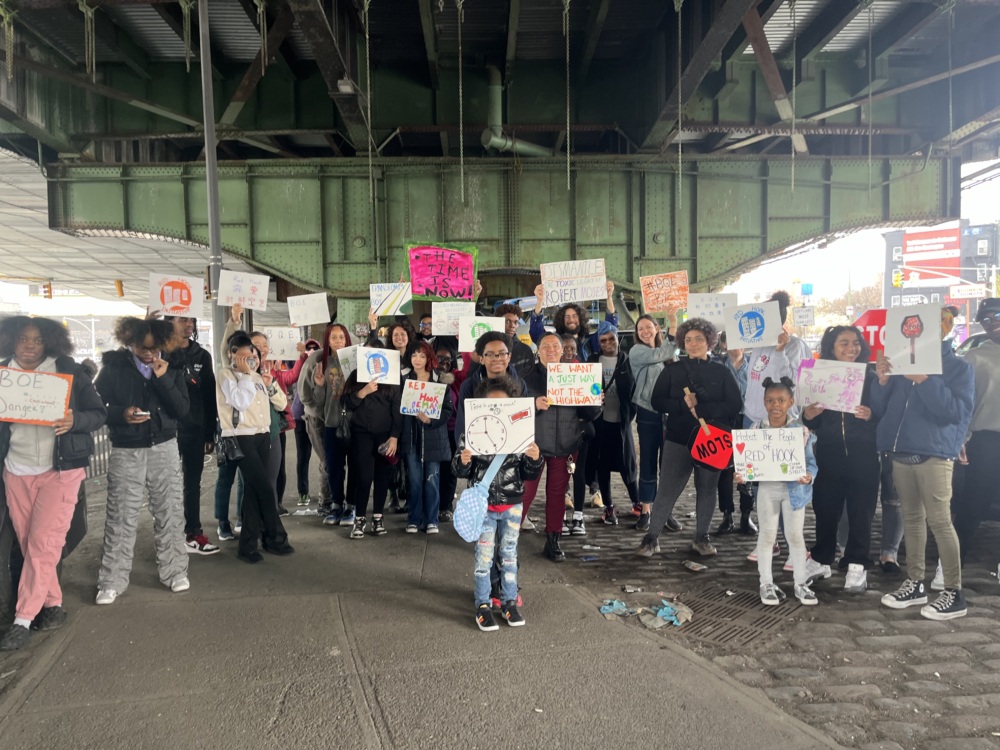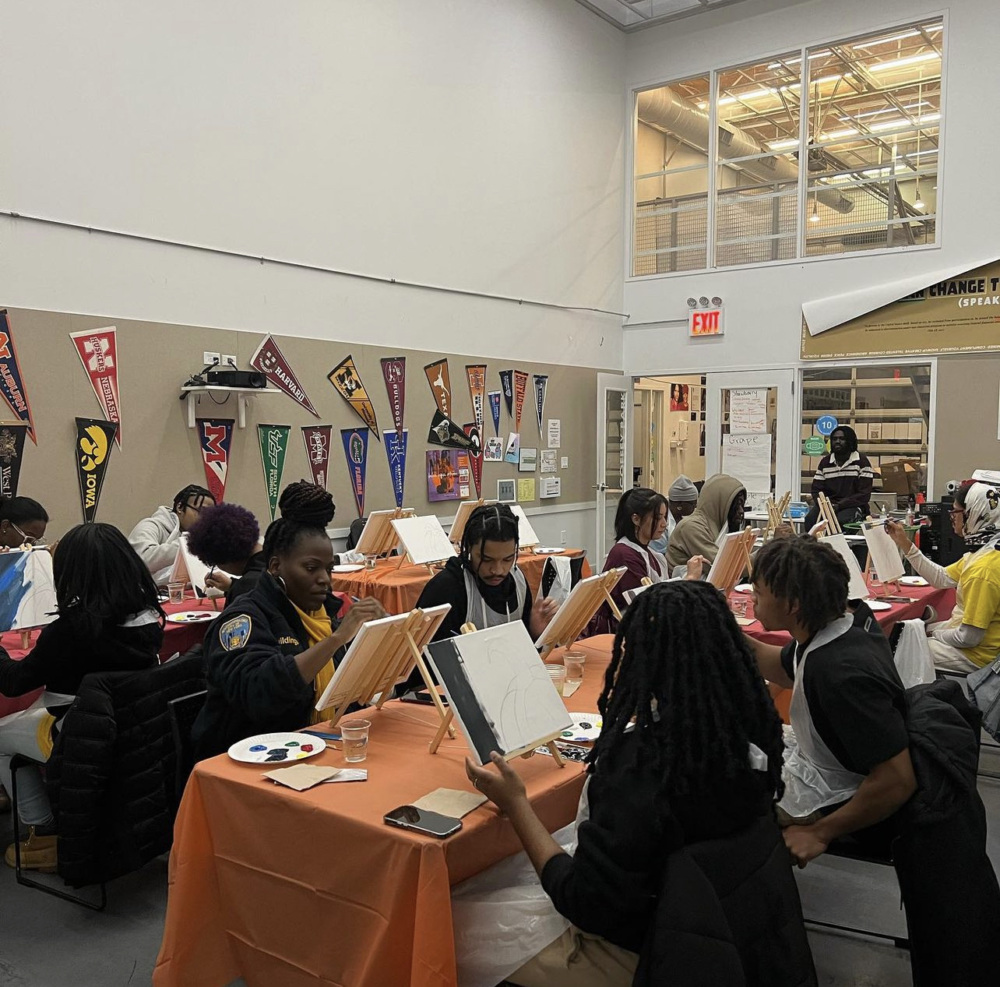Red Hook Initiative
Stories of Impact

Red Hook Initiative (RHI) started in 2002 with a focus on improving the health of neighborhood residents, but it quickly became apparent that outcomes weren’t just impacted by behavioral changes, but by social determinants—like the conditions in the neighborhood’s public housing developments (which has the highest concentration of any neighborhood in the city), from mold growth to the lack of elevator repairs.
This understanding jump-started the Red Hook Initiative that we recognize today: A nonprofit that empowers young people through job opportunities and creates systems for change.
“Our vision is to facilitate a collaborative model that brings residents into greater self-determination,” Executive Director Michael Partis said. Utilizing a “change from within” model, RHI’s work is guided by three pillars: youth empowerment (job readiness and college success), investment in residents (local hiring), and community-led systemic change (environmental justice leadership, organizing, and case management).
These pillars take the shape of urban farms at Columbia Street and Red Hook Houses West, peer health and wellness groups for middle and high schoolers, and subsidized internships for young adults. RHI’s genuine commitment to residents’ agency and advancement is at the heart of these programs and services. Partis notes that one of RHI’s biggest accomplishments to date is reinvesting $1 million back into Red Hook each year through full- and part-time jobs for residents, emergency funding, and more.
Brooklyn Org understood that empowering youth is, yes, about the paid leadership development opportunity, but all the other things [like socio-emotional or academic support] that enable young people to do that successfully.Michael Partis, Executive Director
But this reinvestment isn’t just about monetary support. Yvonne M. Brathwaite, RHI’s Chief Program and Policy Offer, also highlighted the impact of their Organizing Academy, which offers annual organizing and advocacy training to help Red Hook residents tap into their own self-determination.
“Age doesn’t matter,” Brathwaite explained. “We have [people] from 16 to 80 years old and older who are in the cohorts learning how to advocate, reach out to elected officials, and share their concerns.”
In part, Partis attributes RHI’s success to Brooklyn Org’s ability to see how holistic their vision is. “Brooklyn Org understood that empowering youth is, yes, about the paid leadership development opportunity, but all the other things [like socio-emotional or academic support] that enable young people to do that successfully,” Partis explained. “It’s not understated how valuable that is.”
I've really appreciated that [Brooklyn Org] understands that success looks different for every young person, because there are some funders who will say it must be [one] pathway.Yvonne M. Brathwaite, Chief Program and Policy Offer
“I’ve really appreciated that [Brooklyn Org] understands that success looks different for every young person, because there are some funders who will say it must be [one] pathway,” Brathwaite added. “We need to know what’s important for each of our individual young people, what’s possible for them, and what their path should be.”
Partis is excited for RHI to keep investing in Red Hook’s residents for years to come, especially by developing reciprocal relationships with young people and bolstering its local hiring model. “We truly believe that the talent is here,” he said. “It’s really a question of developing it and facilitating it out of folks.”
For Brathwaite, the future successes of Red Hook Initiative also necessitates advocating for change on a systemic level, especially when working with city and state partners. “I have this vision where [the community’s ability] to hold them accountable will result in changes that we really want and need in Red Hook.”
